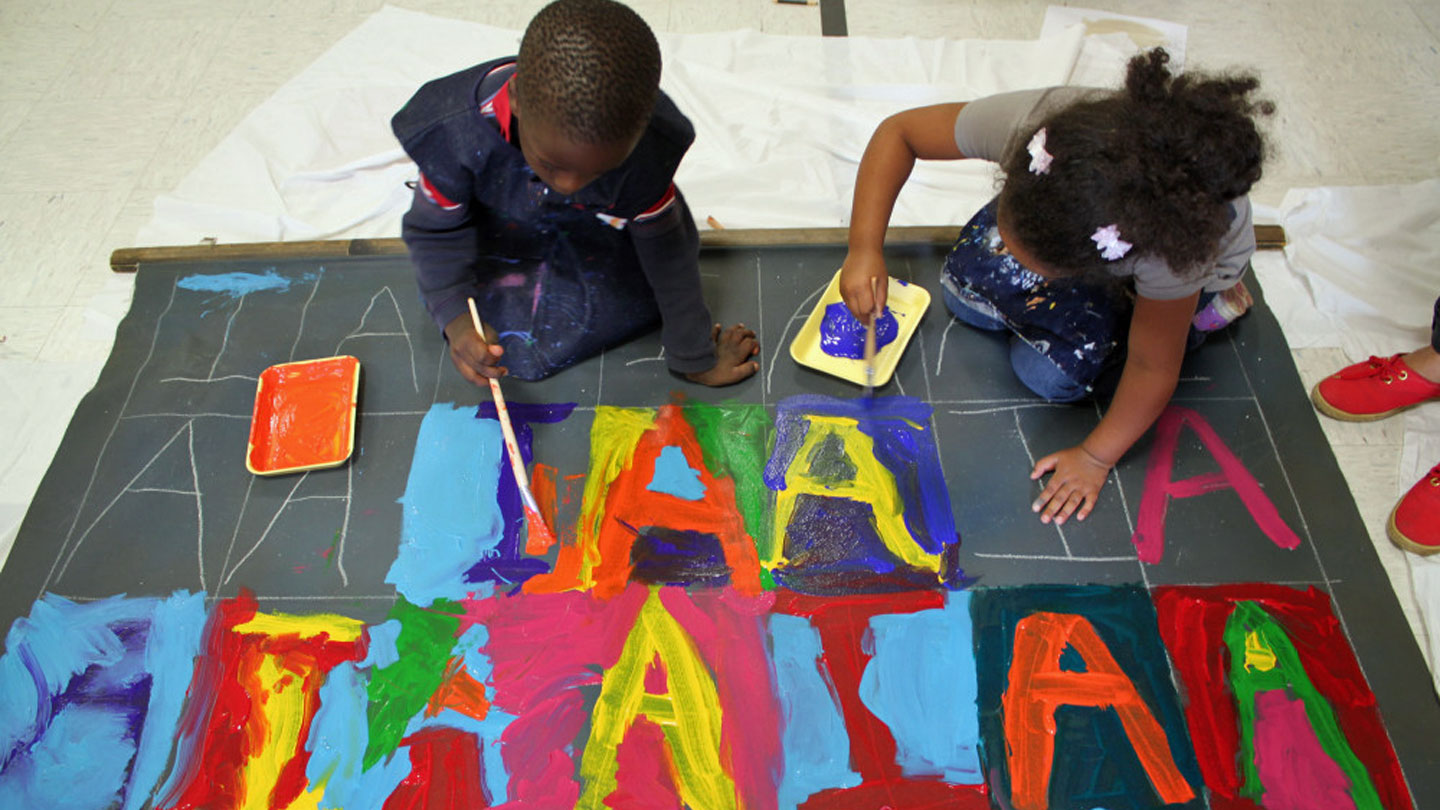Art is essential, not extra

I spent time this summer with impoverished bohemian artists, a murderous barber and people accused of practicing witchcraft—all during one mesmerizing opera- and musical theater-filled weekend in Central New York. Like me, aficionados of the musical arts from near and far make the annual summer pilgrimage to Cooperstown—not only to the Baseball Hall of Fame, but to The Glimmerglass Festival. The festival’s mission is to offer opera enthusiasts great art in an idyllic lakeside setting, as well as to cultivate such enthusiasm in new and nontraditional audiences—dispatching performers to schools, houses of worship and even one of the state’s highest-security prisons.
Francesca Zambello, the remarkable artistic and general director of The Glimmerglass Festival, calls this her “cultural crusade.” Children as young as 10 from neighboring towns take the stage in the festival’s youth chorus. Promising performers from across the globe get valuable training and exposure through the Young Artists Program, for ages 20 to 30. Colorblind recruiting and casting was a hallmark of the festival’s productions long before “Hamilton” made its debut.
Zambello is especially drawn to works that illuminate relevant social issues, one of the ways she makes connections with people who might sooner drink hot sauce than attend opera. Hence, her selections for this summer’s festival include “La Bohème,” “Sweeney Todd” and “The Crucible.” Themes first explored in earlier eras remain relevant today—extreme wealth and poverty, the darkness of revenge, and fear stoked into frenzy that causes people to turn on each other.
These experiences stimulate my mind and feed my soul. And they steel my conviction that the arts must be a part of every community and every school. The arts can anchor a community and connect people who otherwise might not feel a common bond. Culture can also drive economic revitalization; The Glimmerglass Festival’s $8 million budget plants a $21 million footprint in the region. And thebenefits of children’s exposure to the arts are numerous and well-established.
The arts can develop confidence and competence in students who haven’t found success in other academic subjects. They promote creativity and self-directed learning. They engage students—who, with access to the arts, have better attendance, report less boredom, and are more likely to stay in school and do better in school. High school students who take arts classes have higher math and verbalSAT scores. Exposure to the arts has even been shown to affect young people’s values, making them more tolerant and empathetic.
For at-risk students who have access to the arts, the advantages are striking. They tend to have better academic results, including being 10 percent more likely to Art is essential, not extra:
